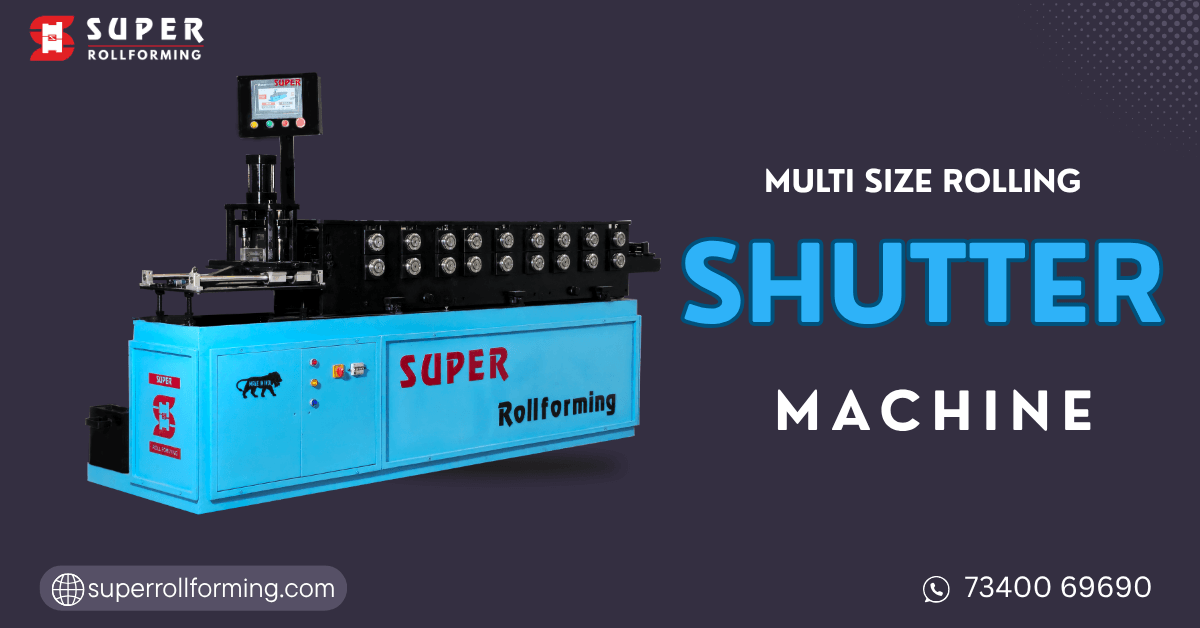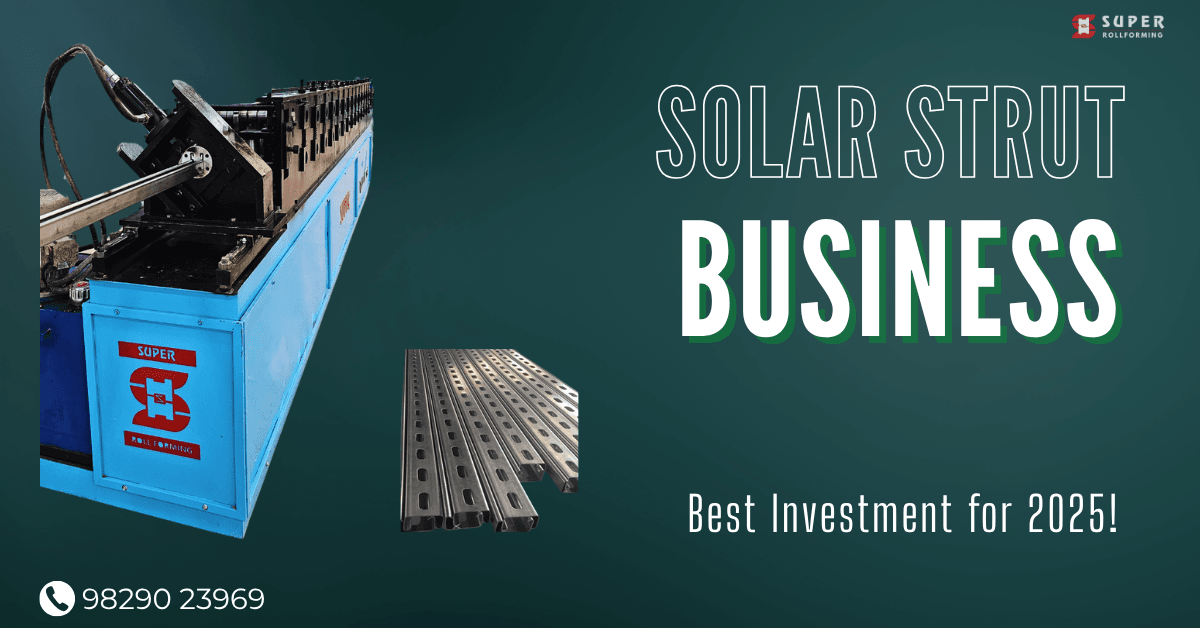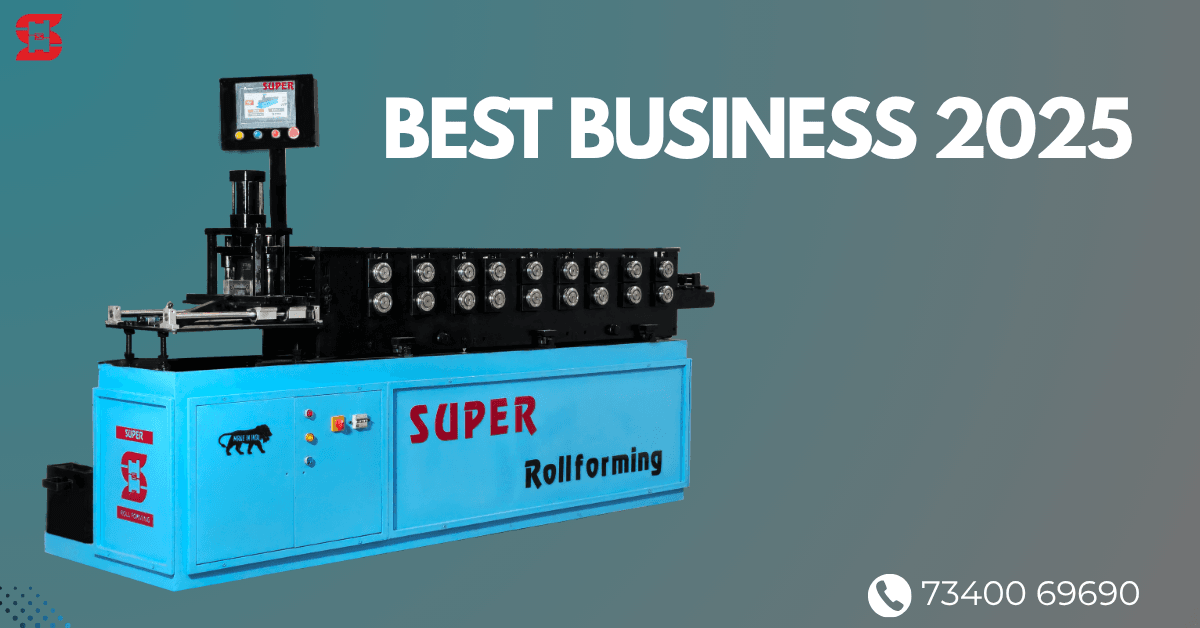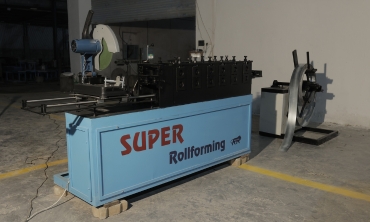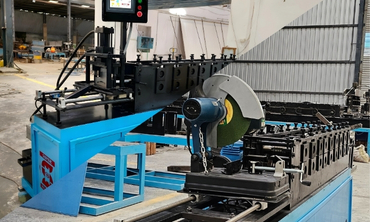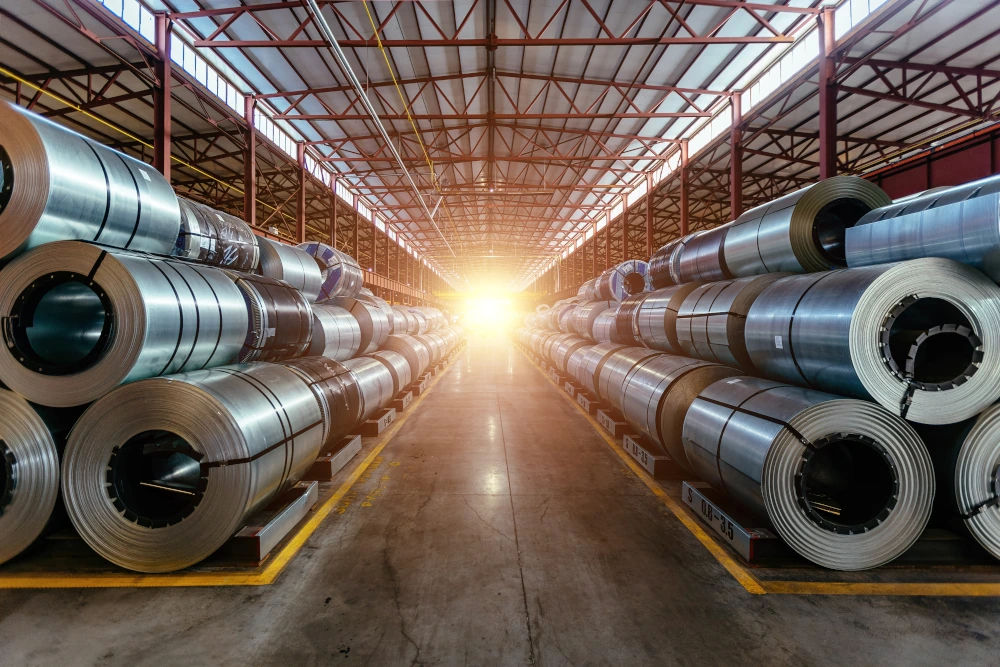Roll forming is a continuous bending process that transforms long strips of metal into specific shapes, commonly used in industries like automotive, construction, and appliances. The versatility of this method makes it crucial to choose the right material to ensure precision, durability, and cost-effectiveness. While steel is the most common material, there are other metals used in roll forming, depending on the application requirements.
Why Steel is a Preferred Material for Roll Forming
Steel is often the first material that comes to mind for roll forming, and for good reason. It offers exceptional strength, durability, and resistance to wear, making it ideal for a wide range of industries. Whether it’s hot rolled steel, cold rolled steel, or galvanized steel, each variant has unique properties suited for different applications.
Cold Rolled Steel
Cold rolled steel is known for its superior surface finish and higher strength compared to hot rolled steel. It undergoes a rolling process at room temperature, which increases its tensile strength and reduces thickness variations. This makes cold rolled steel perfect for industries where precision and surface quality are paramount, such as automotive parts and appliances.
Hot Rolled Steel
On the other hand, hot rolled steel is processed at high temperatures, which makes it easier to form. While it doesn’t have the refined surface finish of cold rolled steel, it is more affordable and can be used in applications where exact dimensions and a smooth surface are not critical, such as in structural components and rail tracks.
Galvanized Steel
For environments that are prone to corrosion, galvanized steel offers added protection. The zinc coating on galvanized steel provides resistance to rust, making it ideal for outdoor and industrial settings, such as construction materials, automotive bodies, and even solar strut channels.
Other Materials Used in Roll Forming
While steel dominates the roll forming industry, other metals are also used based on the specific needs of the application. Each material has its own advantages, depending on the requirements of strength, malleability, and corrosion resistance.
Aluminum
Aluminum is another popular material in roll forming due to its lightweight and corrosion-resistant properties. Although it is not as strong as steel, aluminum is easier to form and is used extensively in industries that prioritize weight reduction, such as aerospace, automotive, and electronics. Its natural resistance to corrosion makes it a great material for outdoor structures and solar energy applications.
Copper
Copper is often chosen for applications where electrical conductivity and thermal properties are essential. Its malleability and ductility make it an excellent material for forming intricate shapes. Copper is commonly used in the electrical and electronics industries for components like wiring channels, heat exchangers, and bus bars. It is also resistant to corrosion, which adds to its longevity.
Brass
Brass, an alloy of copper and zinc, offers both malleability and resistance to corrosion. Its aesthetic appeal and anti-corrosive properties make it suitable for architectural applications, decorative fixtures, and plumbing systems. The ease of forming brass into precise shapes also contributes to its frequent use in the roll forming process.
Stainless Steel
Stainless steel is known for its exceptional corrosion resistance and strength, which makes it a preferred material in harsh environments like marine, chemical, and food processing industries. While stainless steel is more expensive than carbon steel, its resistance to rust and staining provides long-term benefits for applications where cleanliness and durability are paramount.
Choosing the Right Material for Roll Forming
When selecting a material for roll forming, several factors come into play. These include:
- Cost: Steel is more affordable, while aluminum and stainless steel may be more expensive but offer additional benefits like corrosion resistance and weight reduction.
- Strength: For heavy-duty applications, steel and stainless steel are the preferred choices due to their tensile strength.
- Corrosion Resistance: For outdoor or industrial applications, galvanized steel, aluminum, or stainless steel are the best options.
- Weight: If weight reduction is critical, as in the case of automotive or aerospace industries, aluminum is the go-to material.
- Surface Finish: When surface appearance is a priority, cold rolled steel or brass may be ideal due to their smooth finish.
Conclusion
Roll forming is a highly adaptable process that can work with a variety of metals, from steel to aluminum, copper, and stainless steel. Each material offers unique benefits, and the choice depends on the specific needs of the application, such as strength, corrosion resistance, and cost. By understanding the properties of each material, businesses can optimize their manufacturing process to produce high-quality, durable products.

